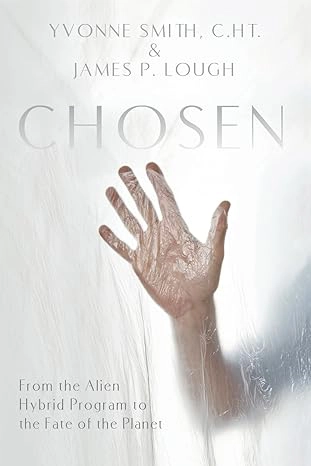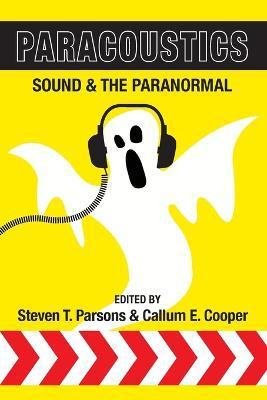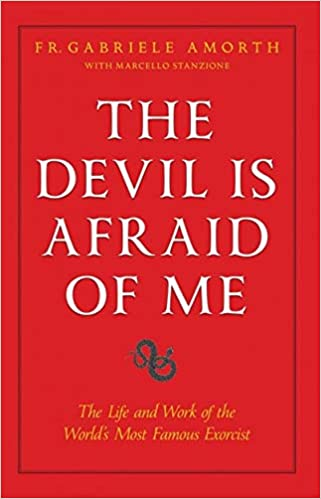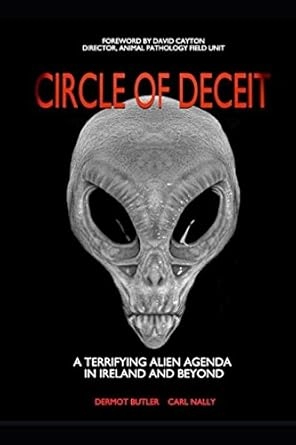What Are Elementals And Where Did The Concept Originate?
Ghost/Paranormal
Thursday 11th, April 2024
3 minute read.
The enigmatic concept of elemental beings has intrigued scholars and seekers alike. Drawing from ancient mythologies and Renaissance-era wisdom, these mythical entities have long captivated the imagination, one of the first to talk about elementals and shed some light on their essence was Paracelsus.
Paracelsus, the renowned 16th-century Swiss alchemist and philosopher, one of the forefathers of modern medicine, delved deep into the realm of elemental beings in his seminal work, "A Book on Nymphs, Sylphs, Pygmies, and Salamanders, and on the Other Spirits". In this treatise, Paracelsus elucidated the four categories of elementals: gnomes, undines, sylphs, and salamanders, corresponding to the classical elements of earth, water, air, and fire, respectively.
William R. Mistele, in his book "Mermaids, Sylphs, Gnomes and Salamanders: Dialogues with the Kings and Queens of Nature," introduces mythical beings by contextualizing their symbolism to establish a scheme of psycho-behavioral relations.
According to Paracelsus, these beings occupy a unique space between creatures and spirits, possessing physical bodies akin to humans but also exhibiting transcendent qualities. He described them as "invisible to mankind but having physical and commonly humanoid bodies, as well as eating, sleeping, and wearing clothes like humans".
Paracelsus first introduced the names Gnomus, Undina, and Sylph in his works, with Undina being an apparent derivative of the Latin word "unda," meaning "wave." These terms represent elemental beings associated respectively with earth, water, and air, and Paracelsus' writings on them have had a notable impact on subsequent occult and esoteric traditions.
Paracelsus' classification scheme provides insights into the characteristics and habitats of each elemental type. Gnomes, associated with earth, are depicted as short beings capable of moving through rocks and soil, while undines, beings of water, bear similarity to humans in size and movement through water. Sylphs, denizens of air, exhibit rougher qualities compared to humans but are adept at traversing through their element. Salamanders, beings of fire, are described as long, narrow, and lean, thriving in their fiery domain.
There is much speculation on the nature of elemental amorality, likening it to the behaviour of artists. He suggested that while some elementals may exhibit what humans perceive as "good" or "bad" behaviour, their actions are driven by a different form of morality, akin to the pursuit of experience and expression observed in artists.
Paracelsus believed that humans comprised three elements: an elemental body, a sidereal spirit, and an immortal divine soul. Unlike humans, elementals lacked the immortal soul. However, through union with a human, an elemental and its progeny could acquire a soul.
Paracelsus, the renowned 16th-century Swiss alchemist and philosopher, one of the forefathers of modern medicine, delved deep into the realm of elemental beings in his seminal work, "A Book on Nymphs, Sylphs, Pygmies, and Salamanders, and on the Other Spirits". In this treatise, Paracelsus elucidated the four categories of elementals: gnomes, undines, sylphs, and salamanders, corresponding to the classical elements of earth, water, air, and fire, respectively.
William R. Mistele, in his book "Mermaids, Sylphs, Gnomes and Salamanders: Dialogues with the Kings and Queens of Nature," introduces mythical beings by contextualizing their symbolism to establish a scheme of psycho-behavioral relations.
According to Paracelsus, these beings occupy a unique space between creatures and spirits, possessing physical bodies akin to humans but also exhibiting transcendent qualities. He described them as "invisible to mankind but having physical and commonly humanoid bodies, as well as eating, sleeping, and wearing clothes like humans".
- Nymph - Undina (undine) - Water
- Sylph - Sylvestris (wild man) - Air
- Pygmy - Gnomus (gnome) - Earth
- Salamander - Vulcanus - Fire
Paracelsus first introduced the names Gnomus, Undina, and Sylph in his works, with Undina being an apparent derivative of the Latin word "unda," meaning "wave." These terms represent elemental beings associated respectively with earth, water, and air, and Paracelsus' writings on them have had a notable impact on subsequent occult and esoteric traditions.
Paracelsus' classification scheme provides insights into the characteristics and habitats of each elemental type. Gnomes, associated with earth, are depicted as short beings capable of moving through rocks and soil, while undines, beings of water, bear similarity to humans in size and movement through water. Sylphs, denizens of air, exhibit rougher qualities compared to humans but are adept at traversing through their element. Salamanders, beings of fire, are described as long, narrow, and lean, thriving in their fiery domain.
There is much speculation on the nature of elemental amorality, likening it to the behaviour of artists. He suggested that while some elementals may exhibit what humans perceive as "good" or "bad" behaviour, their actions are driven by a different form of morality, akin to the pursuit of experience and expression observed in artists.
Paracelsus believed that humans comprised three elements: an elemental body, a sidereal spirit, and an immortal divine soul. Unlike humans, elementals lacked the immortal soul. However, through union with a human, an elemental and its progeny could acquire a soul.



